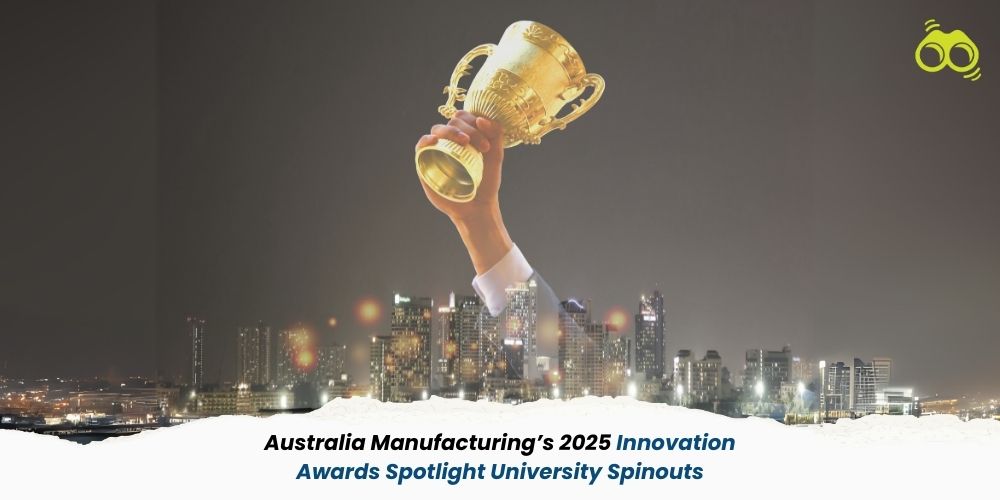Australia’s Top 50 Innovative Manufacturers Reflect a New Era of Industry Leadership
2025 Awards Highlight Rising Role of Research-Driven Startups in Manufacturing
The Australia’s 50 Most Innovative Manufacturers awards event, held on 7 May, celebrated the nation’s leading manufacturers, acknowledging their vital contributions to innovation and industrial progress. The host, leading the event for the third consecutive year, opened the ceremony by respectfully recognising the Wurundjeri People of the Kulin Nation, the Traditional Owners of the land on which the event took place.
Following this acknowledgement, the host provided an overview of the campaign’s progress since its launch in November 2024. A key trend in this year’s edition was the notable rise in startup participation, reflecting the increasing influence of emerging enterprises in the Australian manufacturing landscape. Among the top ten recognised companies, four were established specifically to commercialise research from Australian universities. This highlights the growing success of university-linked startups in 2025 and their pivotal role in driving innovation and translating academic research into real-world impact.
The event reinforced Australia’s ongoing commitment to industry-led innovation. While established companies continue to feature in the Top 50, they often differ from startups in how they approach visibility and public recognition. Startups, by contrast, tend to prioritise external validation and awareness, given their growth stage and funding needs. Nevertheless, public research commercialisation remains an area requiring more effective strategies to enhance the conversion of intellectual property into market-ready solutions.
An analysis of the Top 10 Gold Award winners offers insights into evolving industry dynamics. In the previous year, the distribution included one company from the 1960s, three from the 1980s, one from the 2000s, four from the 2010s, and one from the 2020s. These companies had a median R&D investment of 15 per cent of their revenues, indicating a steady yet conservative approach to innovation. In contrast, the 2025 cohort reflects a shift toward younger, more innovation-intensive companies. This year's top ten includes one from the 1990s, one from the 2000s, three from the 2010s, and four from the 2020s. Their median R&D expenditure has jumped to 65 per cent of revenues, underscoring a bold commitment to development and experimentation.
Most of these leading companies describe themselves in ambitious terms—claiming to be pioneers, global leaders, or creators of groundbreaking technologies. While such aspirations and financial investments are noteworthy, true innovation is ultimately measured by tangible advancements and sustained contributions to the industry. As Australia’s manufacturing landscape continues to evolve, it is clear that the future belongs to those who can translate bold ideas into measurable outcomes—backed by strategic investment, agile execution, and a commitment to continuous improvement.
Editor’s Note
Australia’s manufacturing sector is undergoing a profound transformation, driven by innovation, research commercialisation, and the growing influence of startups. The 2025 Australia’s 50 Most Innovative Manufacturers awards provide a timely reflection of this shift, recognising both long-established companies and a new generation of enterprises that are redefining industry norms. A standout theme in this year’s campaign is the increasing role of startups, many of which have emerged from Australia’s strong university research ecosystem. These companies are not only bringing fresh ideas to market but are also demonstrating a bold commitment to innovation, with significantly higher R&D investment than their more established counterparts. Their presence in the Top 10 rankings underscores the sector’s evolving priorities and the value of research-led entrepreneurship. This year’s awards also draw attention to the broader challenge of converting public research into commercial outcomes. While progress is evident, there remains considerable potential to strengthen the pathways between academia and industry.
Skoobuzz recognises that as the manufacturing landscape continues to evolve, this publication remains committed to highlighting the people, ideas, and enterprises that are shaping the future.














0 Comments (Please Login To Continue)